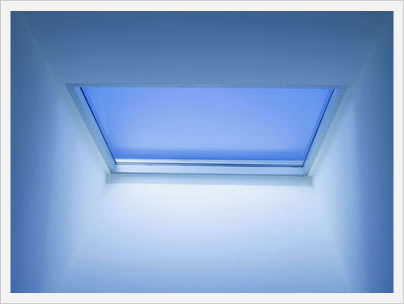Basics Behind VT Ratings
Visible transmittance or VT is a measure for how much visible-spectrum light enters through a window. The higher the VT value, the more light enters through the window. The lower the VT value, the less light is trasmitted. VT is a lesser explored window rating and with good reason - compared to U-factor, air infiltration and SHGC, visible transmittance is simply not as important for the average homeowner looking to replace their windows.

